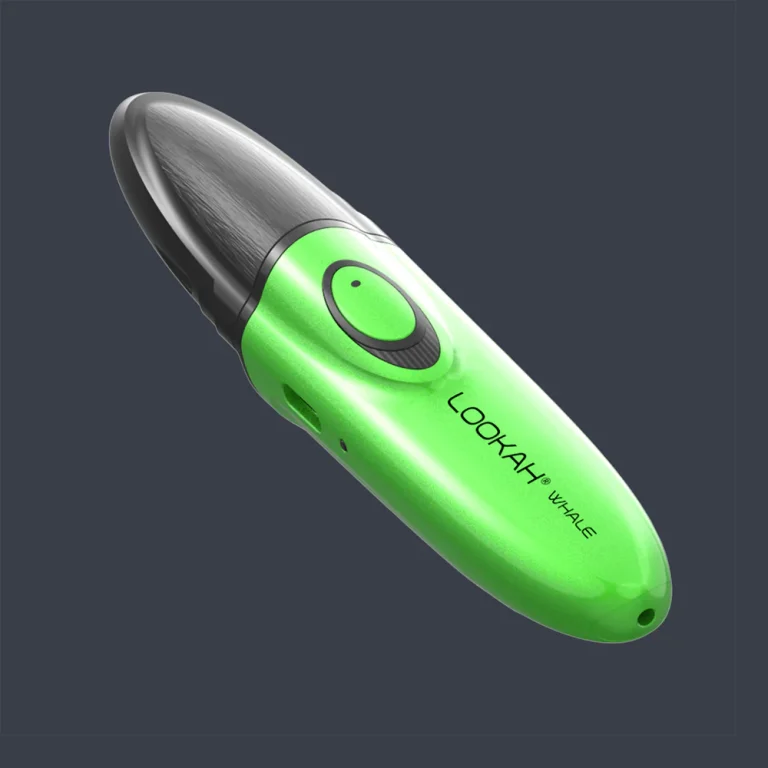
Understanding the Market for Wholesale Products to Sell on Amazon
As the e-commerce landscape continues to evolve, Amazon remains a dominant player, offering opportunities for new and experienced sellers alike. One lucrative avenue for selling on Amazon is through wholesale products to sell on amazon. However, to tap into this potential, understanding the market dynamics become crucial. Let’s dive deeper into the must-know aspects of this exciting market.
Identifying Profitable Niches
The foundation of a successful wholesale business on Amazon starts with identifying profitable niches. This process involves thoroughly researching various categories to uncover the best-selling products. A profitable niche should ideally have a balance between high demand and low competition. Sellers can utilize tools like Amazon’s Best Sellers list and the marketplace’s search function to gauge what products are currently trending. Moreover, analyzing customer reviews can provide valuable insights into what buyers appreciate or dislike about certain products, aiding in refinement of your offerings.
Evaluating Market Demand
Once you’ve pinpointed potential niches, it’s vital to assess the market demand for the products within those categories. Tools like Jungle Scout or Helium 10 can help in acquiring data on sales volumes and trends for specific products. A product with steady demand can provide consistent sales, whereas a spike in interest can indicate a fleeting trend. Monitoring Google’s Keyword Planner can yield helpful data regarding search interest, year-round demand, and seasonal fluctuations, thus enhancing your ability to make informed sourcing decisions.
Analyzing Competition
In the world of Amazon retail, understanding your competitors is just as important as knowing your products. Through competitor analysis, you can assess their strengths, weaknesses, and market positioning. Tools such as Keepa can help visualize pricing history, while CamelCamelCamel allows you to track price drops and trends of specific items. Furthermore, reviewing the type of listings your competitors maintain, including their product descriptions, images, and customer engagement, provides insights on effective strategies to adopt or adjust in your marketing efforts.
Finding Reliable Wholesale Suppliers
The backbone of any wholesale business is the suppliers who provide the products. Finding dependable wholesalers can significantly influence your business’s success. The following strategies highlight how to locate and evaluate trustworthy suppliers.
Key Attributes of Trustworthy Suppliers
Before entering a business arrangement, knowing what makes a good supplier is essential. A trustworthy supplier should offer competitive pricing, prompt communication, reliable delivery timelines, and high-quality products. Additionally, ask for references or read online reviews to gauge their reputation. Professional certifications or memberships in industry associations can also serve as indicators of a supplier’s credibility.
Strategies for Contacting Suppliers
After identifying potential suppliers, the next step is approaching them. Start by drafting a professional email or message that introduces yourself and expresses your interest in their products. Be open about your business model and specific needs, and inquire about bulk ordering discounts, shipping options, and payment terms. Establishing clear communication from the onset helps set expectations and builds a foundation for a strong business relationship.
Building Long-term Relationships
Once a vendor meets your requirements and you begin purchasing products, focus on cultivating a long-term relationship. Regularly communicate and keep a schedule to check in on your order history, new product offerings, or any changes in pricing. Strengthening your relationship with suppliers can sometimes yield better pricing, exclusive products, and priority considerations during high-demand seasons.
Product Selection and Sourcing Strategies
The products you choose to sell will ultimately define your business’s trajectory on Amazon. Applying tried-and-true selection and sourcing strategies can lead to greater success in the market.
Criteria for Selecting Wholesale Products
When evaluating which wholesale products to carry, consider several key factors. Firstly, the potential profitability of each product should be considered—this means evaluating wholesale prices and potential retail margins. Secondly, product quality is paramount; inferior quality not only leads to customer dissatisfaction but also potential account suspension from Amazon. Lastly, factors such as inventory turnover rates and shipping costs play a role in determining product viability for your business.
Effective Sourcing Methods
There are various strategies to efficiently source products for your wholesale business. Attending industry trade shows can help you discover new products and meet suppliers face to face. Online platforms such as Alibaba or ThomasNet serve as useful tools for finding international suppliers and manufacturers. Additionally, participating in niche-specific forums or communities can provide insider knowledge regarding reputable suppliers that the average seller may overlook.
Using Technology to Streamline Sourcing
Leveraging technology can simplify and enhance the sourcing process. Various software solutions, such as inventory management tools, can help track stock levels and reorder products when necessary. Automation tools can generate purchase orders directly from your sale data, facilitating a seamless logistics operation. Furthermore, analytics tools can optimize supply chain management, helping identify demand fluctuations and the most cost-effective suppliers available.
Marketing Wholesale Products on Amazon
With your products sourced and ready to go, the next critical step is effectively marketing them on Amazon. This involves not only optimizing your listings but also designing compelling strategies to drive sales.
Creating Compelling Product Listings
Your product listing is often the first contact point between you and your potential customer. A well-crafted listing should include high-quality images, a persuasive product title, and a detailed description highlighting the product’s benefits. Utilize bullet points for readability and include relevant keywords thoughtfully to improve search ranking. Always focus on the customer’s viewpoint when articulating the product features and advantages, as this can significantly influence purchasing decisions.
Pricing Strategies for Wholesale Success
Finding the right price point for your products can be challenging yet integral to your business. Conduct an analysis of competitor pricing for similar items and consider the value your product adds. Strategies such as penetration pricing (setting lower prices initially to attract buyers) and premium pricing (price higher to imply quality) can influence how customers perceive your products. Use Amazon’s pricing tools to adjust prices based on competition, sales patterns, and customer feedback.
Utilizing Amazon Advertising and Promotions
Maximizing visibility through advertising is essential for driving traffic to your listings. Amazon Advertising offers various options, including Pay-Per-Click (PPC) campaigns, which allow sellers to target keywords that potential buyers are searching for. Promotional strategies such as discounts, bundling, and limited-time offers can also encourage impulse purchases and boost overall sales volume. It’s crucial to track the effectiveness of your advertising strategies regularly and adjust based on performance analytics and changing market conditions.
Measuring Success and Optimizing Sales
As your business gains traction, actively measuring its performance and optimizing strategies become paramount. Using data-driven insights can lead to increased profitability and sustained growth.
Tracking Key Performance Indicators
Establishing KPIs (Key Performance Indicators) is essential for evaluating the health of your business. Metrics such as sales growth, inventory turnover rate, customer acquisition cost, and return on investment (ROI) provide valuable insight into operational effectiveness. Regularly analyzing these metrics enables you to spot trends and make informed decisions on how to manage your inventory and marketing strategies effectively.
Adjusting Strategies Based on Performance
Monitoring your performance offers opportunities to adjust your strategies accordingly. If certain products aren’t selling, it may be time to analyze their pricing or marketing approach or consider discontinuing them altogether. Conversely, if specific items consistently perform well, explore options to expand your offerings—this could include diversifying your product range or investing in additional inventory. Adopting an agile approach will allow you to navigate the fluctuating demands of the market.
Scaling Your Wholesale Business
As your success grows, consider strategies for scaling your business efficiently. This could involve expanding into new niche markets or diversifying your product line with related offerings. Moreover, automating processes such as inventory management and customer relationship management can free up time to focus on growth strategies. Exploring additional sales channels, including multi-channel selling on platforms besides Amazon, can also expand your reach and revenues.





